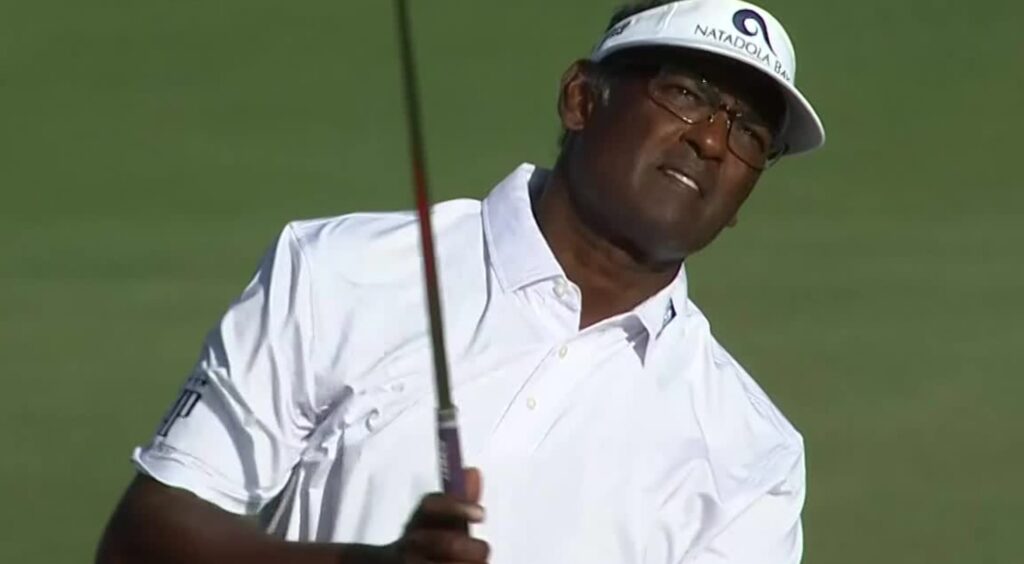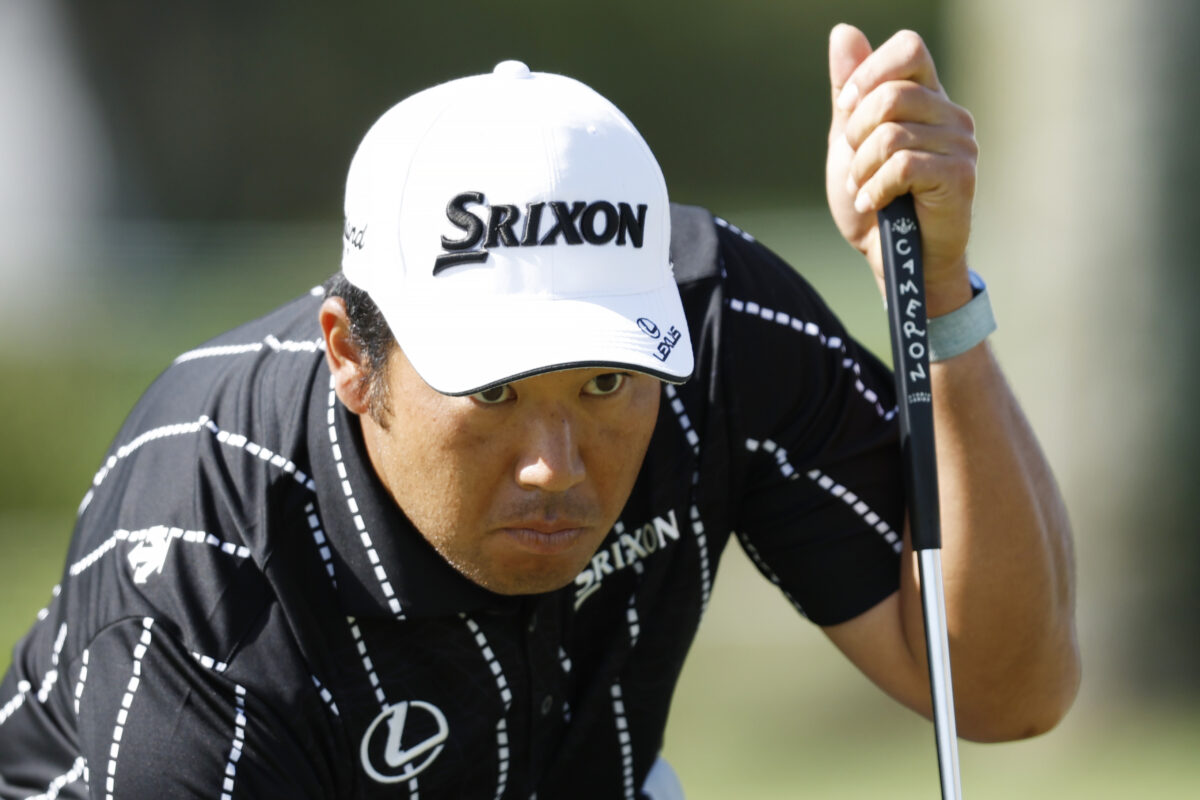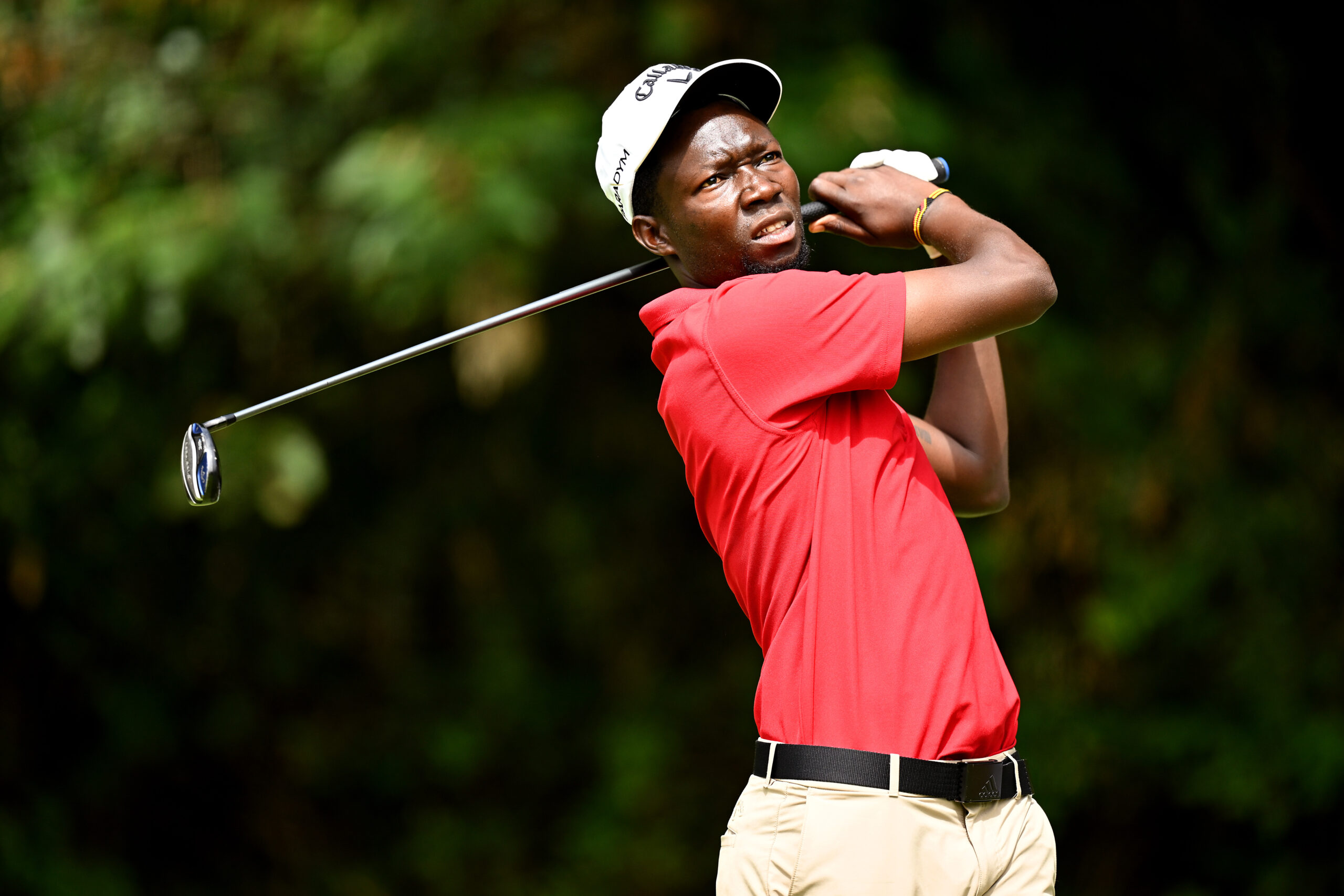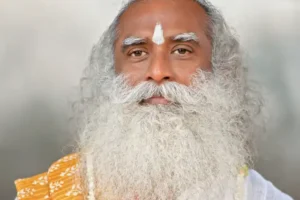By Arun Singh
For a country which is starved of having its own champions in sports, any success by persons of Indian origin brings about sense of joy among its people. It’s not uncommon to see the media picking up the threads of such successes to be able to write some good stories. In recent times, the rise of Akshay Bhatia to become the top ranked Junior in the world and best WAGR of 4, was keenly followed in the Indian media. Similarly the story of Sahit Theegala finishing the year as the NCAA’s top ranked golfer was also celebrated. Both the boys were born and brought up in the USA and hadn’t benefitted from the Indian system but it did not stop the system from taking credit. Fortunately, some of the usual sunshine seekers haven’t called them ‘our prodigy’.
Vijay Singh, the Fijian golfer, has clear lineage from India. It was in 1879 that his forefathers were shipped to Fiji to work on the sugarcane plantations. His parents Mohan Singh and Parvati were of Indian descent who practiced lot of Indian customs. Obviously, Vijay Singh as the winner of 3 Major Championship, 31 wins on PGA Tour, claiming the No 1 ranking after overtaking Tiger Woods in his prime and an inductee in World Hall of Fame, was the prime candidate for being the best golfer of Indian origin. The Indian media surprisingly did not rush to claim him as the Indian hero. It was so probably because Vijay Singh steadfastly called himself a Fijian or may also have been because of our fascination with Indian Americans. The immigration of Indians in the USA is of recent vintage and has connections with extended family in India which makes it easier to identify with them as our own. Of course, the Indian emigration to Fiji was as indentured labor from marginalized communities and the social prejudice may have contributed to loss of connection.
 The two boys (Bhatia and Theegala) were born in the USA of 21st century to immigrant Indian parents and have been fortunate to escape growing up in a less inclusive and less prosperous environment of that country. They were able to get equal opportunities unlike the prejudiced mid 20th century USA which consumed the ‘Greatest’ Cassius Clay/Muhammad Ali and may have been responsible for the best golfer with a possible Indian connection – someone who people thought is the best player whom the world hasn’t seen, to have escaped our attention.
The two boys (Bhatia and Theegala) were born in the USA of 21st century to immigrant Indian parents and have been fortunate to escape growing up in a less inclusive and less prosperous environment of that country. They were able to get equal opportunities unlike the prejudiced mid 20th century USA which consumed the ‘Greatest’ Cassius Clay/Muhammad Ali and may have been responsible for the best golfer with a possible Indian connection – someone who people thought is the best player whom the world hasn’t seen, to have escaped our attention.
The person with the given name of Harry Xavier Von Frankenberg had a mysterious life and very little is known about him. It’s certain that his father was of Bavarian descent and mother was probably an Indian. He was probably born in India (to an Indian mother) or as some say in Montana, USA to a native American mother. What is certain though is that he had an abusive childhood at the hands of a violent and alcoholic father. He ran away from his home in his father’s small farm near Chicago at the age of 8 to be in the mean streets of Chicago in the days of Al Capone. The boy was known as ‘Blackie’ due to his jet black hair believed to have been inherited from his Indian ethnicity!
What saved ‘Blackie’ was his ability to play golf which he had discovered at the age of 6 while looking at people playing the game at a club across the fence from his father’s farm. He had learnt to strike a ball by picking up a stick and imitating the swings of members playing on the other side of the fence. Despite having learnt the game by swinging a stick at balls made from mud and corncobs, the boy was shooting consistently in the 60s by the age 12 and became a professional at the age of 14. The young boy was to soon become a champion in the Chicago area where he won numerous tournaments and set many course records. He soon had the support and admiration of some of the best players of his time – Hogan, Nelson, Snead and Palmer included.
Harry Frankenberg was insanely talented and in true Indian tradition, he credited it to divine intervention with a voice from having given him the knowledge and understanding of a golf swing! The man could break 70 playing either right or left handed, he shot scores in 50s in open competitions, is known to have played 7 rounds of 18 holes in a single day with each score being in 60s and is reputed to have once played a round over 18 holes in 57 minutes while shooting a score of 69! It would be logical for everyone to expect him to have been a great champion but it was not to be so as America of 1950s. Golf then was not an inclusive game and people of colour were discriminated against.
“Blackie’ was shunned by the PGA of America because of his ethnic Indian looks and never got a chance to display his skills on the larger stage. Interestingly, Section 1 of Article 3 of the bylaws of PGA of America then stated – ‘’Any professional golfer of Caucasian race over 18 years of age and residing in North or South America is eligible to become a member’’. In the modern history of golf, administrators everywhere have often behaved as being much bigger than players. The clause of Caucasian origins remained a part of the bylaws of PGA for many years despite high profile entry of Joe Louis, the legendary boxer, in a PGA event through the sponsors. African American players like Charlie Sifford (inducted into Hall of Fame in 1992) had to endure denial, humiliation and racial taunts despite getting a card after the rules were relaxed. The administrators did not remove the racial clause willingly and were eventually forced to remove it in 1961 only when the state attorney of California threatened to ban PGA from holding any events in the state. Administrators everywhere are often prone to consolidating power rather than grow the game and PGA was no different. Interestingly, Professionals are not allowed to hold office in the Indian body till today despite they comprising the teams to represent the country in Asian and Olympic games.
At the peak of his playing process, Harry moved to California and became a caddy in Los Angeles to feed himself. He was a quick learner and despite having missed going to school, he learnt skills and languages through imitation. He soon became a teaching professional at Bob Hope’s Driving Range in Hollywood and his fame grew. He soon had celebrities like Dean Martin, Howard Hughes, John F Kennedy and Dwight Eisenhower as his students. It was here that famous songwriter Hoagy Carmichael named Harry Frankenberg as ‘Count Yogi’ because of his combining eastern mysticism in his teaching methods. The name then got stuck and he was always known thus from then on.
The woes of Count Yogi were far from over. His familiarity with some rich and powerful personalities and admiration from his great peers was not enough to ride over the walls of discrimination. He had grown up in poverty, was unconventional and unapologetic, and had the colored ethnic looks of an Indian (or Native American) which loaded the dice against him. The worst insult was yet to come – Count Yogi entered the prestigious Western Open in 1950 and led the field in qualifiers after shooting a course record 66 which was two strokes better than the eventual winner Sam Snead. PGA came to know about his participation and promptly forbade him to participate in the tournament. Count Yogi could not get the legitimacy which he so craved and so richly deserved.
Count Yogi was emphatic that his method of teaching was far superior to the traditional methods teaching promoted by the PGA. It riled up the PGA even more and the great golfer and teacher was left with no other option but to do road shows as a trick artist and give lessons by following his own methods. He was renowned for keeping his lessons short with most finishing in less than 15 minutes. He believed that quest for power was ruining golf and afflicting golfers with injuries. His mantra was ‘to be relaxed and be graceful’ while playing this game so that you find peace and happiness. He always believed that golf was a wonderful but mistreated game. His words ring true to this day.
The life of Count Yogi was mysterious and complicated. We will never know with certainty about his probable Indian origins. His life though is a textbook example of the discrimination faced by people of indigenous origins in sports and particularly in golf. Rules of membership of golf clubs in colonial India also permitted only persons of Caucasian origins to become members. The policy of exclusion as part of India’s golf history is a legacy which we inherited and then replaced it with our own version. Golf originated as an inclusive game but the colonists injected policies of denial and exclusion and poisoned the culture. Such a culture denied the world of the privilege of watching a prodigious talent like Harry Franckenberg dominate the game and perhaps destroyed a few more. PGA’s policy of racism probably denied some of our people from rejoicing in the exploits of an exceptional golfer with probable Indian lineage. Who knows? Our media may have adopted him as one of our own!



















